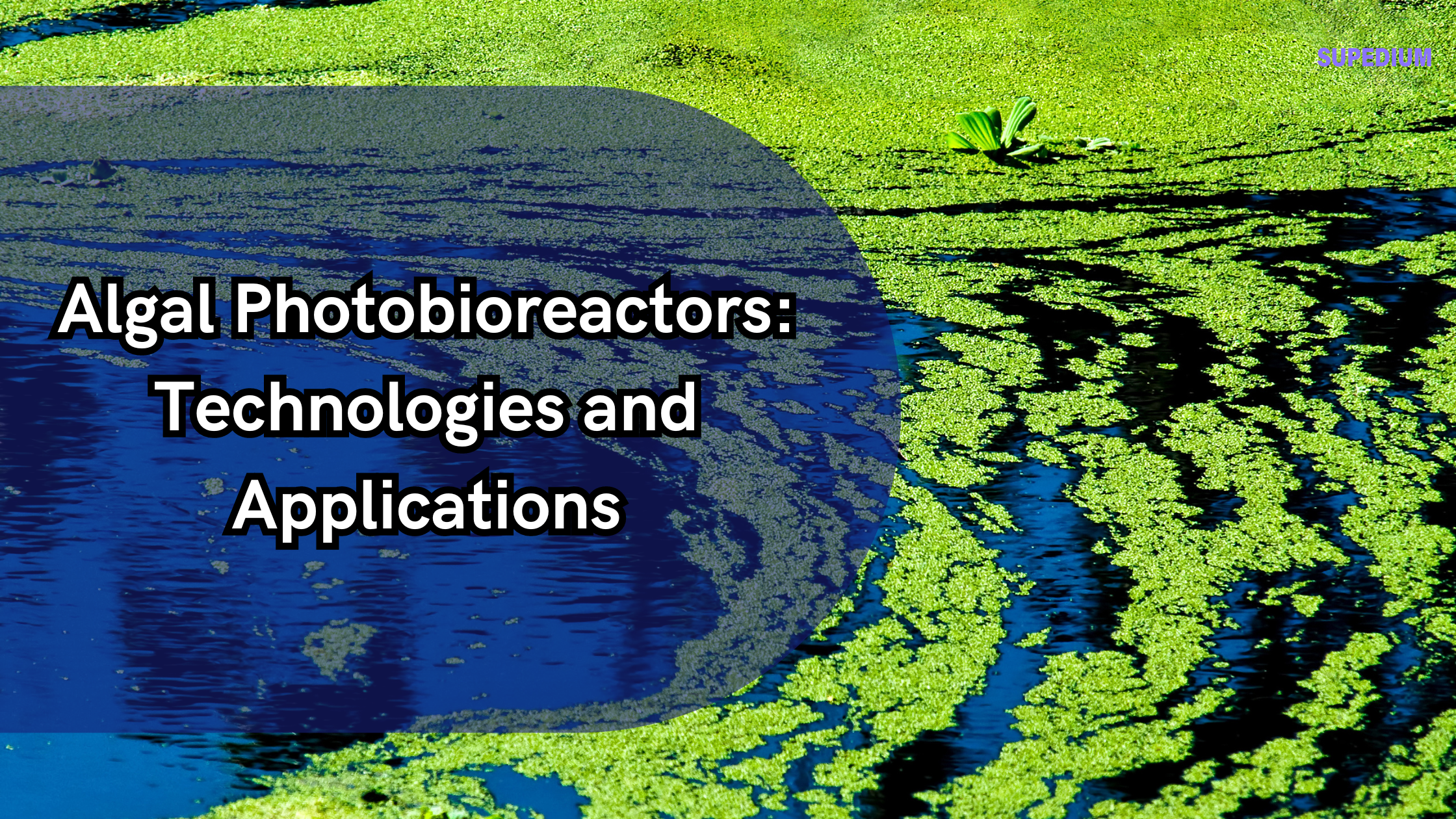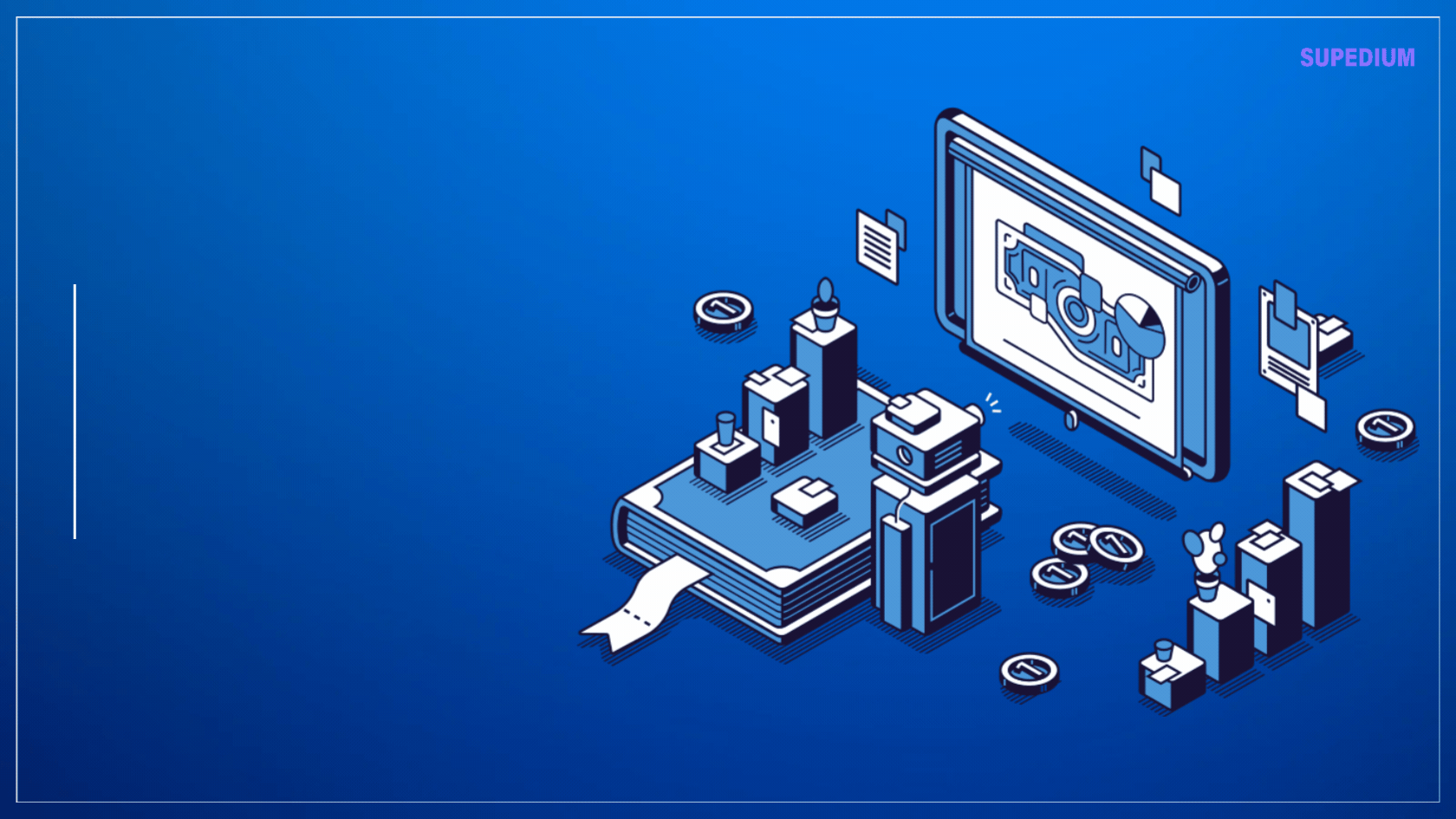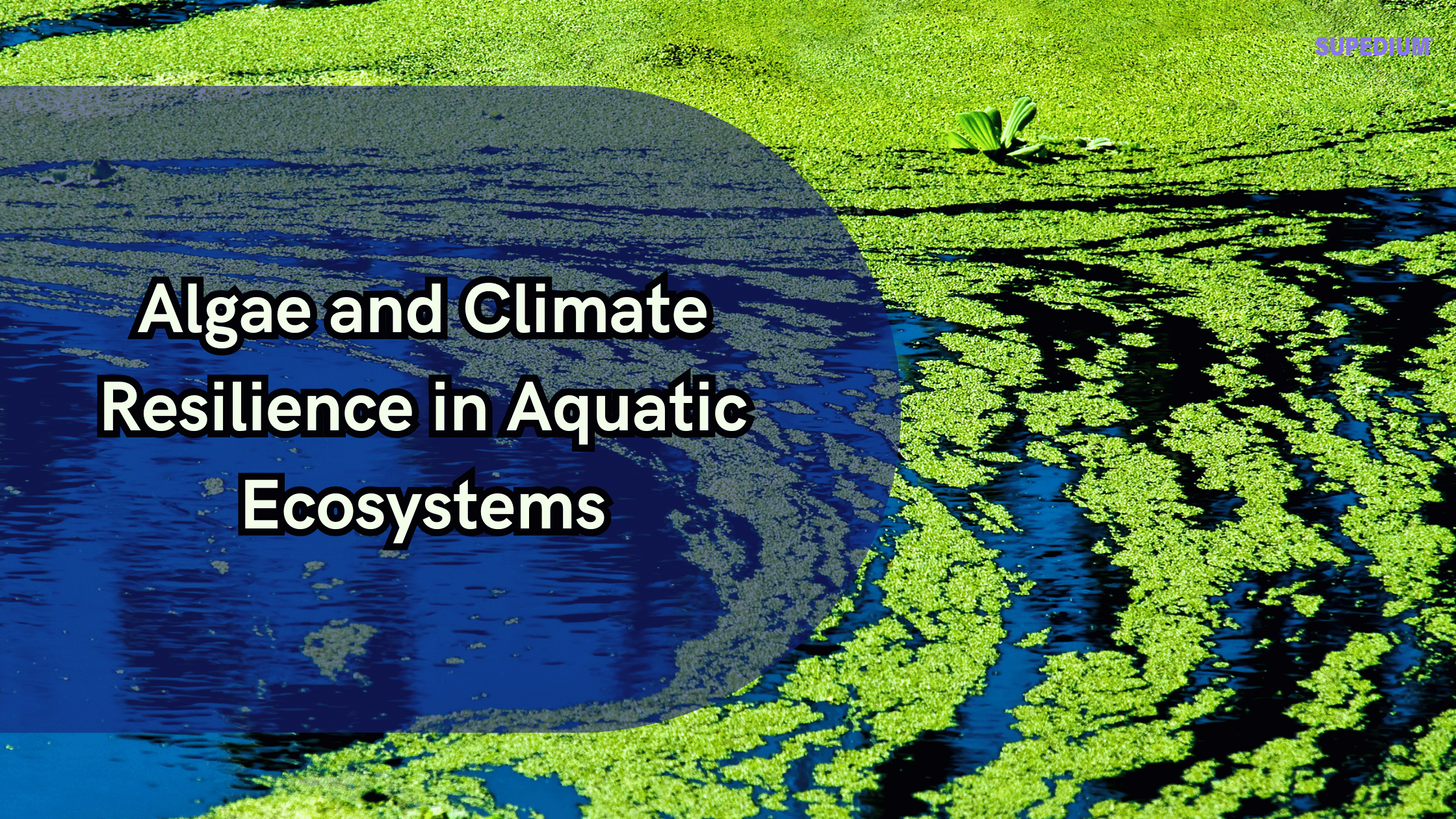Table of Contents
![]()
Introduction
Algal photobioreactors (PBRs) represent a promising technology in the field of sustainable biotechnology. These systems utilize algae to harness sunlight and convert carbon dioxide into valuable products, offering solutions across a range of industries, from renewable energy to environmental remediation. Understanding the various types of PBRs, their technologies, applications, and associated challenges is essential for leveraging their full potential.
Types of Algal Photobioreactors
Closed Systems
- Tubular Photobioreactors: Tubular photobioreactors consist of long, transparent tubes through which algae are cultivated. These tubes can be arranged in various configurations, such as vertical or horizontal, and are typically made from materials like glass or plastic. The main advantages of tubular PBRs include their high surface area-to-volume ratio, which enhances light capture and gas exchange. However, challenges include potential clogging and maintenance issues.
- Flat-panel Photobioreactors: Flat-panel PBRs feature a series of flat, vertical panels arranged to maximize light exposure. These reactors provide good light distribution and easy monitoring of algal growth. They are also less prone to clogging compared to tubular systems. However, they can require more space and may face issues with mixing efficiency.
- Column Photobioreactors: Column PBRs are cylindrical reactors where algae are grown in a vertical column. They offer a simple design and efficient mixing but can suffer from poor light distribution and higher energy requirements for circulation.
Open Systems
- Raceway Ponds: Raceway ponds are open, shallow ponds with a continuous flow system. Algae are cultivated in these ponds with mechanical or pneumatic mixing. They are relatively simple and inexpensive but are more susceptible to contamination and less efficient in light capture compared to closed systems.
- Hybrid Systems: Hybrid systems combine elements of both open and closed PBRs. These systems aim to balance the advantages of each type, such as improved light exposure and reduced contamination risks. They can be tailored to specific applications but may be complex and costly to design and manage.
Technologies in Algal Photobioreactors
Light Delivery Systems
Effective light delivery is crucial for optimal algal growth. PBRs can use natural sunlight or artificial lighting. Natural sunlight is more cost-effective but may require additional tracking systems to optimize light exposure. Artificial lighting, such as LEDs, offers precise control over light conditions and can extend cultivation periods but involves higher energy costs. Light concentration techniques, including reflectors and lenses, can enhance light capture and efficiency.
Nutrient Delivery and Control
Algae require various nutrients for growth, including nitrogen, phosphorus, and trace elements. Efficient nutrient delivery systems ensure that algae receive the optimal amounts of these nutrients. Methods for nutrient addition include continuous or batch feeding, while monitoring systems help maintain nutrient levels and prevent imbalances that could affect algal productivity.
Gas Exchange Systems
Gas exchange is vital for supplying algae with carbon dioxide and removing oxygen. CO2 injection systems are used to provide the necessary carbon for photosynthesis, while oxygen removal systems help prevent saturation and ensure efficient gas exchange. Airlift systems can improve circulation and gas transfer but may increase energy consumption.
Temperature and pH Control
Maintaining optimal temperature and pH levels is essential for algal health and productivity. Temperature control systems, such as heaters and coolers, help regulate the environment within the PBR. pH monitoring and adjustment systems ensure that the pH remains within the ideal range for algal growth, preventing detrimental effects on productivity.
Harvesting and Processing Technologies
Harvesting methods for algae include centrifugation, filtration, and flotation. Each method has its advantages and limitations in terms of efficiency and cost. Post-harvest processing involves extracting valuable compounds from algal biomass, which may include drying, milling, and chemical extraction.
Applications of Algal Photobioreactors
Biofuel Production
One of the most promising applications of algal PBRs is biofuel production. Algae can produce biodiesel, bioethanol, and biogas, offering a renewable alternative to fossil fuels. Algal biodiesel, for example, has a high lipid content that can be converted into biodiesel through transesterification. Bioethanol and biogas are produced from algal carbohydrates and organic matter, respectively. Compared to other biofuel sources, algae offer high yield potential and can be cultivated on non-arable land.
Nutraceuticals and Pharmaceuticals
Algae are a rich source of high-value compounds such as omega-3 fatty acids, antioxidants, and vitamins. These compounds are used in nutraceuticals and pharmaceuticals for their health benefits. Algae-derived compounds are increasingly incorporated into dietary supplements and therapeutic products due to their natural origin and efficacy.
Environmental Applications
Algal PBRs play a significant role in environmental applications, including carbon capture and sequestration. Algae absorb CO2 during photosynthesis, helping to mitigate greenhouse gas emissions. Additionally, PBRs can be used for wastewater treatment, where algae remove excess nutrients and contaminants. They also have potential for remediating contaminated sites by absorbing and detoxifying pollutants.
Food and Feed
Algal biomass can be utilized as animal feed, providing a high-protein, nutrient-rich alternative to traditional feed sources. Algae-based food products, such as spirulina and chlorella, are also gaining popularity for their health benefits and sustainability.
Other Emerging Applications
Algae are being explored for use in cosmetics, personal care products, and bioplastics. Algae-derived ingredients can enhance the properties of these products, offering natural and biodegradable alternatives to synthetic materials.
Challenges and Future Directions
Technical Challenges
Scaling up algal PBRs for commercial applications presents challenges, including maintaining consistent growth conditions and optimizing systems for large-scale production. Research is ongoing to improve the efficiency and reduce the costs of PBR technologies.
Environmental and Economic Considerations
A lifecycle analysis of algal PBRs is crucial to assess their sustainability and economic viability. This includes evaluating the environmental impacts, such as energy consumption and resource use, and comparing them to other technologies.
Research and Development
Innovations in PBR design, algal strains, and genetic engineering are key to advancing algal biotechnology. Research focuses on improving light capture, nutrient utilization, and biomass productivity.
Policy and Regulation
Supportive regulatory frameworks and incentives are essential for fostering growth in the algal biotechnology sector. Policies that promote research, development, and commercialization of algal technologies can drive innovation and adoption.
Conclusion
Algal photobioreactors offer a versatile and sustainable approach to harnessing the potential of algae for various applications. From renewable energy to environmental remediation, the technologies and applications of algal PBRs hold significant promise. Continued research and development, along with supportive policies, will be crucial in realizing the full potential of this technology and contributing to a more sustainable future.
Share This





Be the first to comment